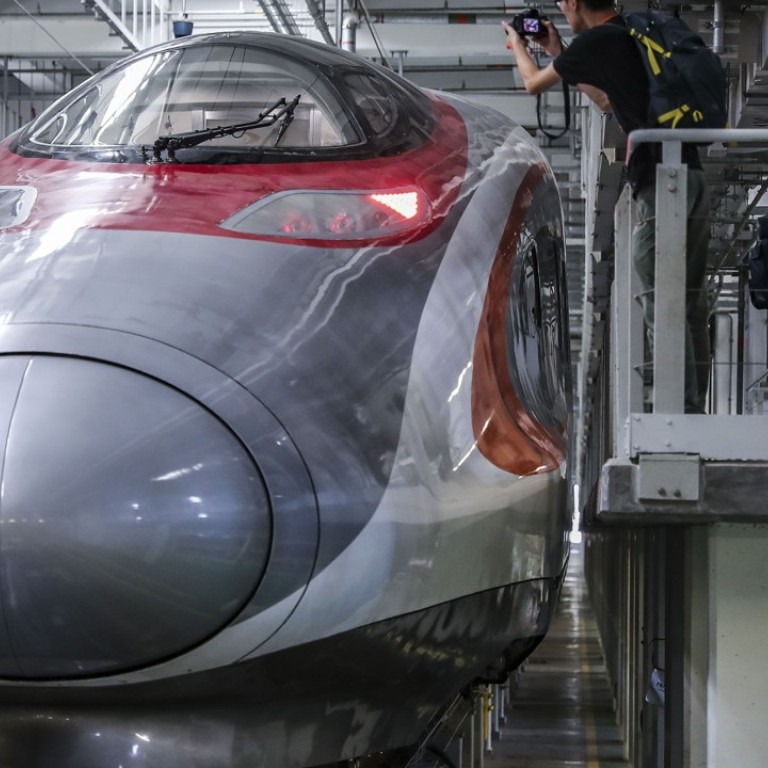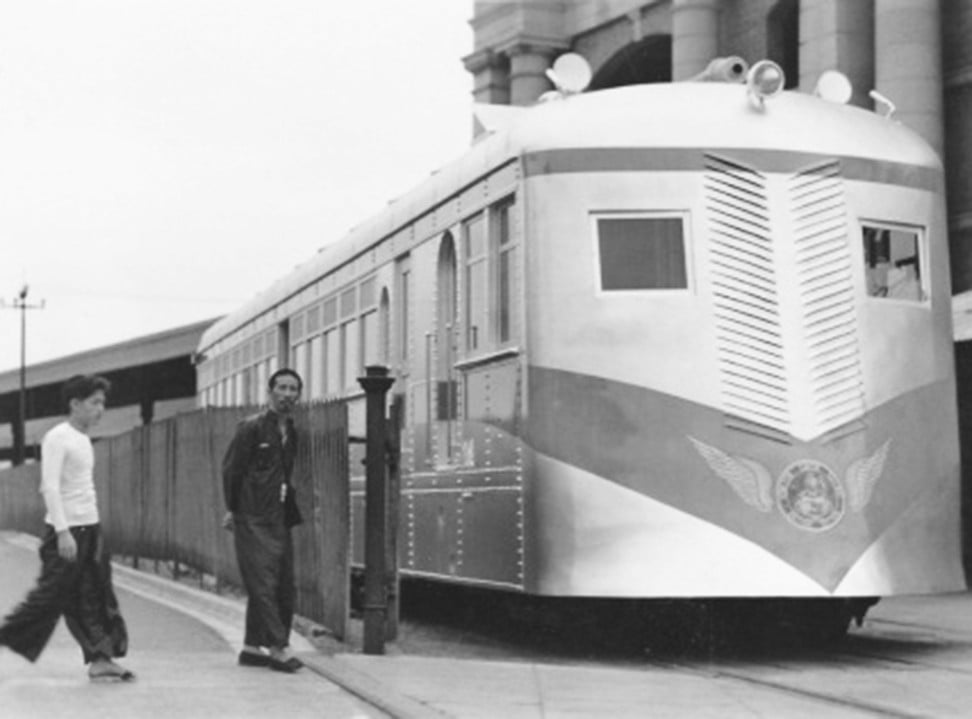
New Hong Kong-Guangzhou high-speed rail link takes longer than pre-1950s train services
Original express train from Tsim Sha Tsui to the centre of the Chinese city took just 90 minutes, when it started in 1937, before all links were cut with the Communist assumption of power
At long last, Hong Kong’s much-vaunted “high-speed” railway has opened. And what has Hong Kong got to show for more than a decade of political controversy, bitterly divisive public debate and eye-watering expense? A landmark infrastructure project whose uninspiring name – Vibrant Express – accurately reflects the unimaginative banality of the civil servants who foisted their tedious brainwave on everyone else.
Names such as the Golden Arrow, Flying Scotsman and Coromandel Express evoke a more classic sense of travel, a mode of transport that was somehow more than simply a means of getting from A to B. Vibrant Express lacks that romantic aura, or exciting sense of promise.
When the Kowloon-Canton Railway connected Hong Kong to Europe
Cross-Rail – the initial suggestion – was quietly dropped several years ago; this name implied that the new line would cross borders, either physical or psychological. As every thinking person in Hong Kong now realises, recent years have seen the distinctions between Hong Kong and the rest of China steadily shrivel.
Earlier cross-boundary formalities – especially in terms of law enforcement – are now virtually meaningless. Once upon a time, the Basic Law stated that mainland officials were to have no jurisdiction in Hong Kong. This inconvenient clause was eventually “re-interpreted” by a higher authority to mean something substantially different to what the general public – in their innocence and ignorance – had blithely thought the stated words actually meant. So far, so Orwellian; and merely another symptom of where Hong Kong stands today.
After extensive metro connections from Guangzhou South, a passenger using the Vibrant Express will take longer to reach central Guangzhou than one using the existing through-train service from Hung Hom. Greater connectivity with the whole mainland was always the underlying intention; increased speed between the two cities was only ever of secondary importance.

The absence of border-control procedures at the Hong Kong frontier – none were introduced until 1950 – greatly enhanced the journey’s speed. The first high-speed link between the two cities started operations in 1937. This green-painted, streamlined diesel motor-rail service, aboard the Canton Belle, completed the journey in an average of 90 minutes, and arrived at Canton’s Wong Sha Station, right in the city centre and only a short distance from the Bund, with its business houses, and the Anglo-French Concession on Shamian.
Hostilities with Japan in south China from late 1938, and repeated line disruptions caused the service’s cancellation. Reintroduced after the war ended in 1945, express through-train services to Canton were permanently discontinued in 1950, after the Communist assumption of power. From then on, passengers had to disembark the local train at Lo Wu, walk across the bridge into China, and continue their journey from there. One of the cold war’s potential global flashpoints, dramatic imaginings at this bridge featured in virtually every Hong Kong-themed novel from that time.
One station, two systems: how joint checkpoint for rail line will work
Direct cross-border passenger services were reintroduced in 1979 as part of the “four modernisations” and China’s new openness to the outside world. This service, however, was considerably slower than earlier expresses; by the 1970s, the local section of the Kowloon-Canton Railway was a regular commuter line, and cross-border trains had to follow other trains on the track.
After electrification and double-tracking work was completed in 1984, through-train journeys took even longer. All were still faster to central Guangzhou, however, than the Vibrant Express will ever be.

